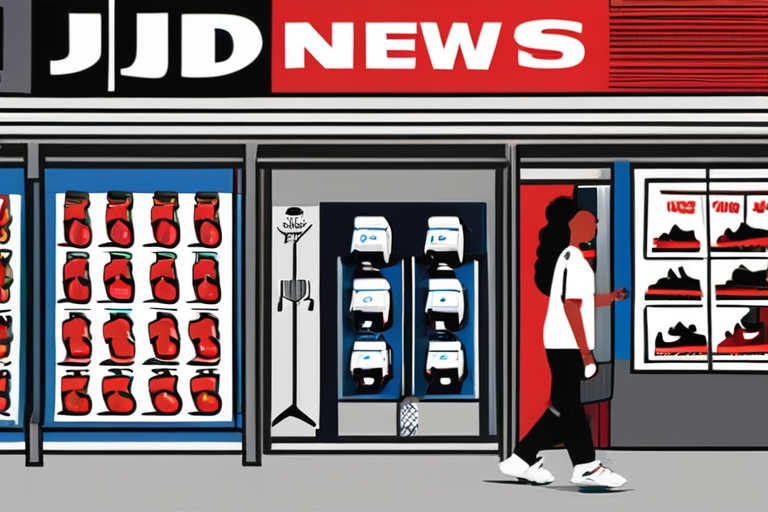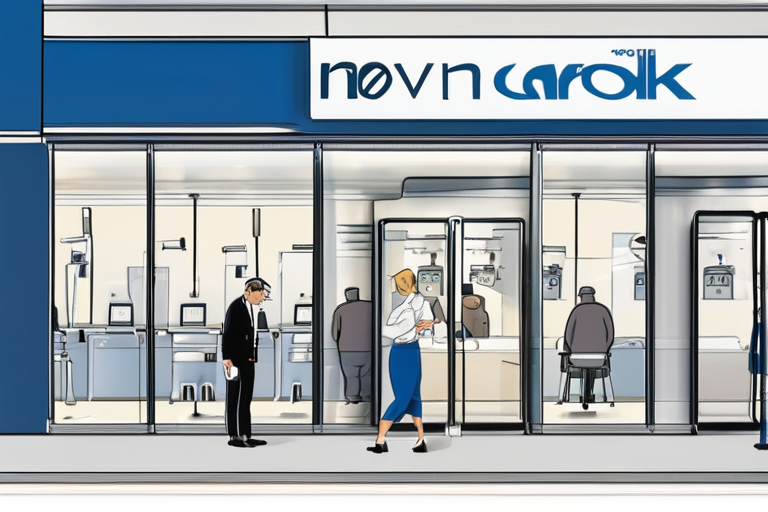U.S. Fashion Market Faces $5 Billion Risk as GLP-1 Drug Demand Reshapes American Body Sizes


Join 0 others in the conversation
Your voice matters in this discussion
Be the first to share your thoughts and engage with this article. Your perspective matters!
Discover articles from our community

 Hoppi
Hoppi

 Hoppi
Hoppi

 Hoppi
Hoppi

 Hoppi
Hoppi

 Hoppi
Hoppi

 Hoppi
Hoppi

Walmart Expands Same-Day Delivery of Specialty Medicines Amid Growing Demand In a move to cater to the increasing demand for …

Hoppi

JD Sports Shrugs Off Tariffs, Says Strained U.S. Shoppers Pose Bigger Risk In a move that highlights the complexities of …

Hoppi

Novo Nordisk Announces Mass Layoffs Amid Intensifying Competition in Weight-Loss Market In a move that reflects the rapidly changing landscape …

Hoppi

Next Warns UK Economy Faces "Anaemic" Growth Fashion retailer Next has reported a 13.8% rise in pre-tax profits to £515m …

Hoppi

Novo Nordisk to Cut 9,000 Jobs Amid Intensifying Competition in Weight-Loss Market In a move aimed at reducing costs and …

Hoppi

The Weight-Loss Revolution: How Injections Are Turning Obesity into a Wealth Issue As I sat sipping coffee with my fashion …

Hoppi